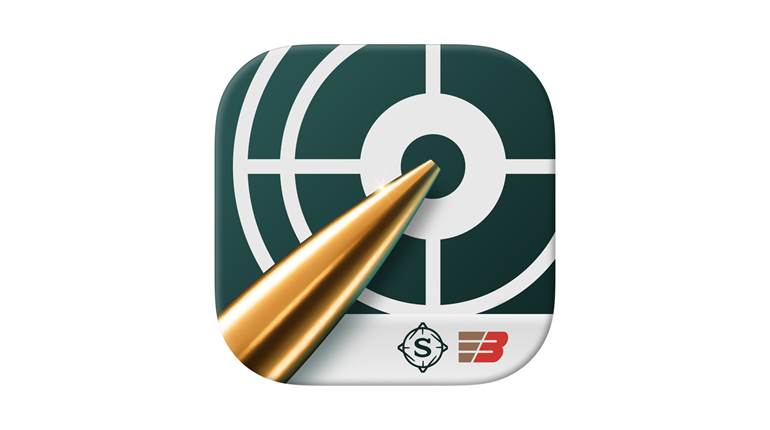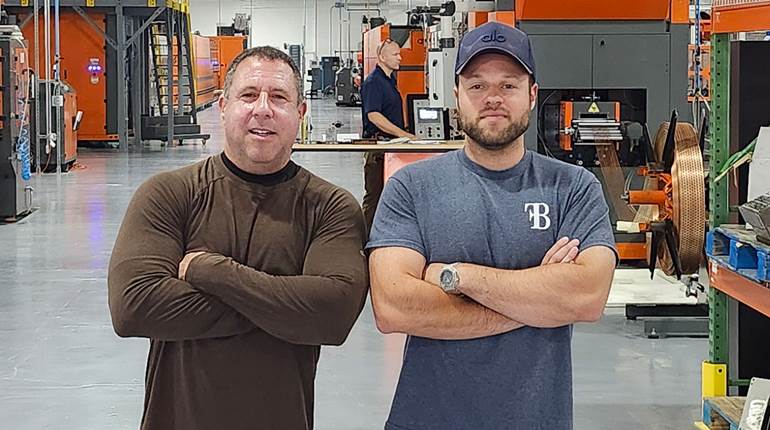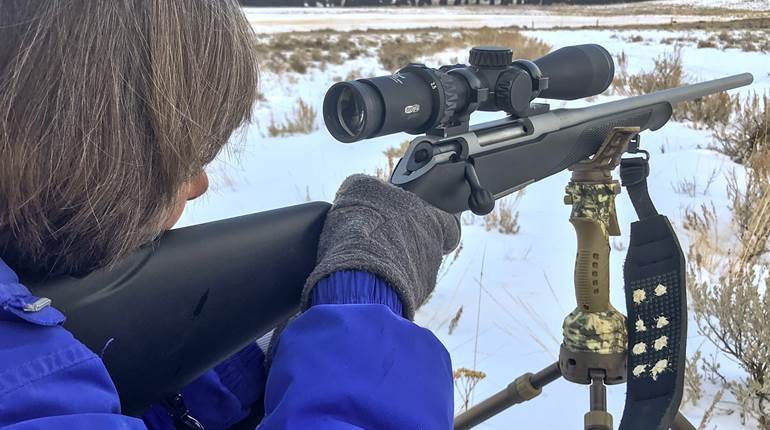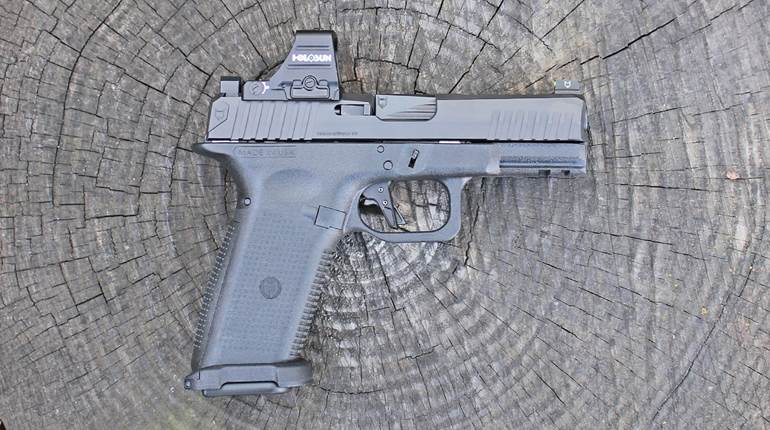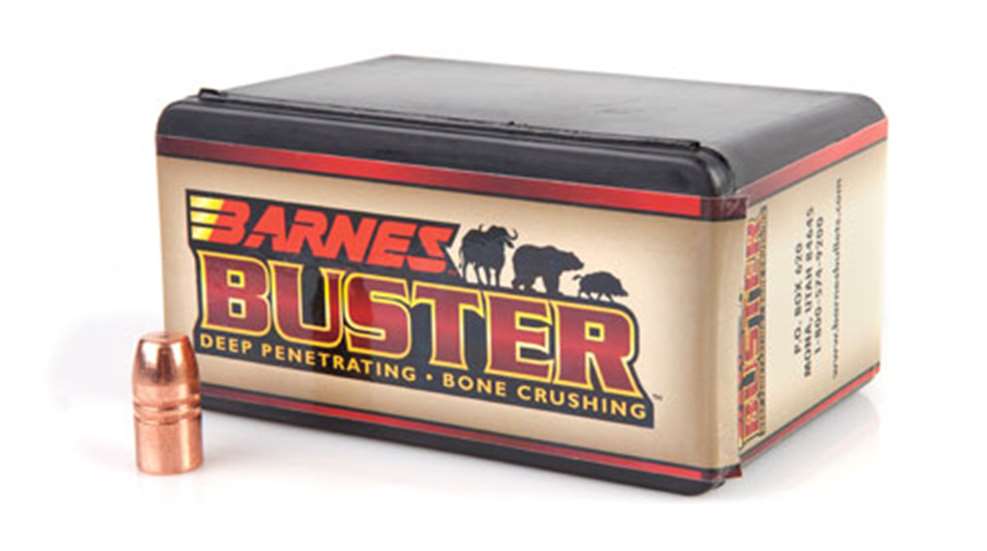
Barnes Bullets is now most often associated with lead-free projectiles; however, the company’s founder, Fred Barnes, built the company’s good reputation with the development of his lead-core bullets. Manufactured via pressure-forming a copper jacket around a lead core, these bullets, aptly dubbed “Original,” are still made today, though in small numbers. With the Buster-series bullets, Barnes returns to its roots.
Barnes has manufactured pistol bullets since 1996, when it first introduced the X Pistol Bullet (XPB). Like its rifle X-Bullet brethren, XPBs feature 99.95-percent-pure copper construction and are designed for penetration, reliable expansion and 100-percent weight retention. As a result of their all-copper construction, XPBs are considerably longer than lead-core bullets in the same caliber and weight. The additional length occupies usable propellant space, requiring Barnes to counterbalance this with a light-for-caliber bullet weights. This isn’t always desirable. Their greater expansion can reduce penetration.
Buster bullets feature a 0.049-inch-thick, 99.95-percent-pure copper jacket—like the Original—designed expressly to maintain integrity and minimize expansion for deep penetration. The lead-alloy core, similar in composition to hard-cast bullets, was selected to resist deformation through the forcing cone. According to Barnes, the use of lead—because of its density—was necessary to maintain proper overall lengths with heavy-for-caliber projectiles, all while keeping them affordable. The latter precluded the use of dense, lead-free materials such as tungsten. Only a small portion of lead is visible, due to the manufacturing process, and it’s located in a dimple in the bullet’s base and on the meplat. It allows less fouling than standard, hard-cast lead projectiles. Because Busters will be used in hard-recoiling handgun and rifle loads, and because migration is a risk, the bullets feature cannelures.
In addition to the use of Busters by handgun and lever-action shooters, the bullets, when teamed with plastic sabots of the proper size, could prove valuable to the muzzleloader hunter. Whenever deep penetration is paramount— such as when pursuing dangerous game—a non-expanding projectile is often necessary. In such cases the Buster should excel.
For testing, we chose an unconventional path. Rather than load the 325-grain, 0.451-inch-diameter samples in a suitable handgun cartridge, such as the .454 Casull or .460 S&W Mag., we headed to the range with a CVA Optima 209 Magnum topped with a Leupold VX-II 3-9X 40 mm riflescope. We had previously shot Cor-Bon .45-70 Gov’t ammunition loaded with 400-grain Buster bullets in a Thompson/Center Arms Encore at 100 yards, during which accuracy averaged around 1½ inches for three-shot strings, so the Buster’s accuracy potential was verified. Still, handloading would likely further improve group size.
For testing with the CVA, after determining a good load combination, we shot five consecutive, five-shot groups at 100 yards. The load consisted of the Buster teamed with a Precision Rifle MMP sabot atop two IMR White Hots ignited by a Fusion 209 In-line primer. Between shots the barrel was swabbed with one solvent-soaked patch, followed by two dry ones, and a primer was fired. The rifle shot the 325-grain Buster fairly well, averaging 2.47 inches for 25 shots. The load’s velocity averaged 1581 fps for five shots, and the standard deviation was 17.
Currently, Barnes Busters are available in .44-cal. (0.429 inches, 300-grain), .45-cal. (0.451 inches, 325-grain and 0.458 inches, 400-grain) and .50-cal. (0.500 inches, 400-grain) options. Prices are $48.99, $51.49, $59.49, and $59.49, respectively.
At a time when most companies are looking at non-lead options, Barnes created a bullet that meets the needs of shooters, regardless of its composition. That’s forward thinking, and it has resulted in an excellent product.












